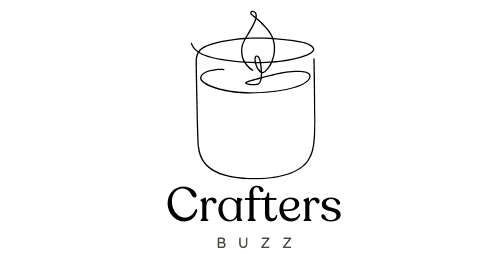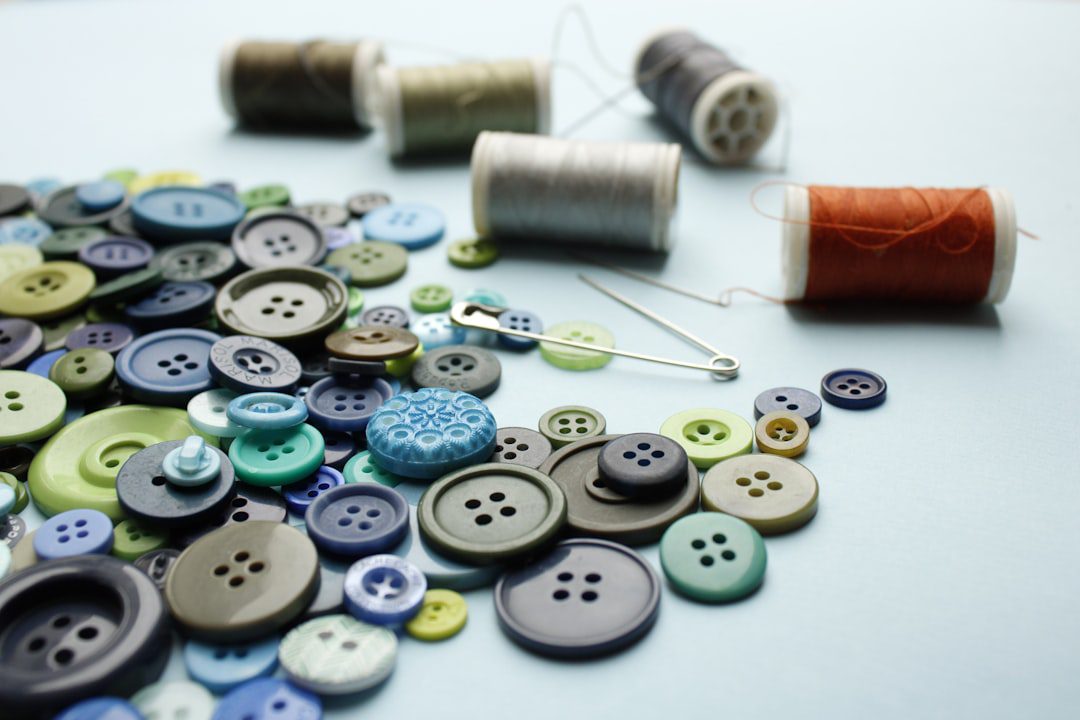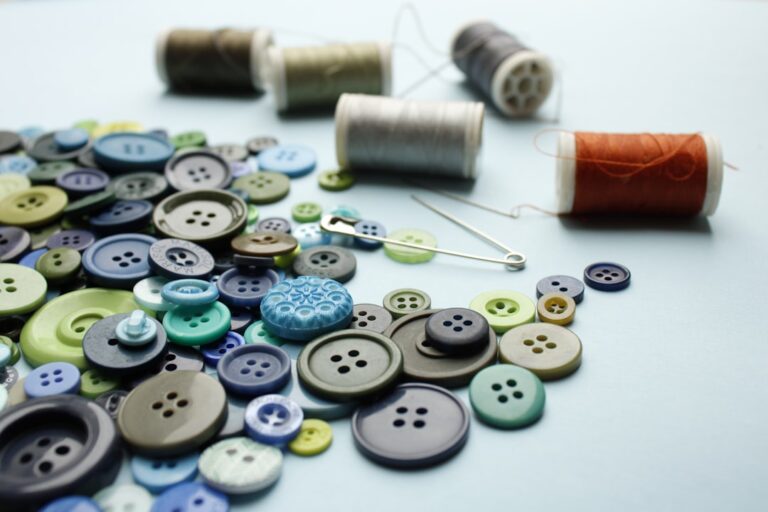The history and benefits of square-braided wicks in candle making.
Square-braided wicks have emerged as a significant innovation in the realm of candle making, offering unique advantages over traditional round wicks. These wicks are characterized by their flat, square shape, which allows for a more efficient burn and improved performance in various types of wax. The design of square-braided wicks facilitates better airflow and a more consistent flame, making them a preferred choice for many candle artisans and manufacturers.
As the candle-making industry continues to evolve, understanding the intricacies of square-braided wicks becomes essential for both hobbyists and professionals alike. The construction of square-braided wicks involves intertwining multiple strands of wick material, typically cotton or other natural fibers, into a square shape. This braiding technique not only enhances the structural integrity of the wick but also influences how it interacts with the wax and the overall burning characteristics of the candle.
As consumers increasingly seek high-quality, long-lasting candles, the role of square-braided wicks in achieving these goals cannot be overstated. Their unique properties contribute to a cleaner burn, reduced soot production, and an overall improved candle experience.
The History of Square-Braided Wicks in Candle Making
The use of wicks in candle making dates back thousands of years, with early civilizations utilizing simple twisted fibers to create light sources. However, the advent of square-braided wicks is a more recent development that has roots in the evolution of candle-making techniques. Historically, wicks were primarily round or flat, but as artisans began to experiment with different shapes and materials, the square-braided wick emerged as a viable alternative.
This innovation can be traced back to the late 20th century when candle makers sought to improve burn efficiency and reduce soot production. The transition to square-braided wicks was influenced by advancements in wax formulations and an increased understanding of combustion science. As candle makers began to explore the effects of wick design on burn characteristics, they discovered that square-braided wicks provided superior performance in various wax types, including paraffin, soy, and beeswax.
This led to a surge in popularity for square-braided wicks among both hobbyists and commercial manufacturers, as they offered a solution to common issues such as tunneling and uneven burning.
The Benefits of Using Square-Braided Wicks
One of the primary benefits of square-braided wicks is their ability to produce a more stable and consistent flame. The square shape allows for better airflow around the wick, which promotes a more efficient combustion process. This results in a brighter flame that can effectively melt the surrounding wax, leading to a more even burn throughout the life of the candle.
Additionally, the design minimizes the risk of flickering, which can be a common issue with round wicks. Another significant advantage is the reduced soot production associated with square-braided wicks. The improved airflow and combustion efficiency contribute to cleaner burning candles that produce less smoke and soot.
This is particularly important for consumers who are conscious about indoor air quality and seek candles that do not release harmful particulates into their living spaces. Furthermore, many square-braided wicks are made from natural materials, aligning with the growing trend toward eco-friendly products in the candle market.
How Square-Braided Wicks are Made
The manufacturing process of square-braided wicks involves several steps that ensure their quality and performance. Initially, raw materials such as cotton or other natural fibers are selected based on their burning characteristics and durability. These fibers are then cut to specific lengths before being braided together into a square shape.
The braiding process is crucial, as it determines the wick’s structural integrity and its ability to draw wax effectively. Once braided, the wicks undergo treatment with various additives that enhance their performance. For instance, some manufacturers apply a coating of wax or other substances to improve the wick’s ability to absorb liquid wax and facilitate a steady burn.
This treatment also helps prevent fraying at the ends of the wick, ensuring that it remains intact during use. After treatment, the wicks are cut to desired lengths and packaged for distribution. The meticulous attention to detail in each step of this process is what sets high-quality square-braided wicks apart from their counterparts.
The Role of Square-Braided Wicks in Candle Quality
The quality of a candle is often determined by its burning characteristics, which are heavily influenced by the type of wick used. Square-braided wicks play a pivotal role in achieving optimal candle performance. Their unique design allows for better wax pooling and heat distribution, which is essential for preventing issues such as tunneling—where the wax burns down the center while leaving unburned wax around the edges.
Moreover, square-braided wicks can accommodate various wax formulations without compromising performance. Whether used in soy candles, paraffin blends, or beeswax creations, these wicks adapt well to different melting points and viscosities. This versatility makes them an attractive option for candle makers who wish to experiment with various materials while maintaining high standards of quality.
The result is a candle that not only burns evenly but also delivers an enhanced fragrance throw, allowing consumers to enjoy their favorite scents more fully.
Square-Braided Wicks and Environmental Impact
As sustainability becomes an increasingly pressing concern for consumers and manufacturers alike, square-braided wicks offer an environmentally friendly alternative to traditional wick options. Many square-braided wicks are crafted from natural fibers such as cotton or hemp, which are biodegradable and renewable resources. This contrasts sharply with synthetic wick materials that can contribute to environmental degradation.
Additionally, the reduced soot production associated with square-braided wicks contributes positively to indoor air quality. By minimizing harmful emissions during combustion, these wicks help create a healthier living environment for consumers who enjoy burning candles regularly. As awareness grows regarding the environmental impact of consumer products, the demand for eco-friendly options like square-braided wicks is likely to increase, prompting manufacturers to prioritize sustainable practices in their production processes.
Square-Braided Wicks in Modern Candle Making
In contemporary candle making, square-braided wicks have gained traction among both artisanal producers and large-scale manufacturers. Their ability to deliver consistent performance across various wax types has made them a staple in many candle lines. Artisans appreciate the versatility that square-braided wicks offer when crafting unique blends and experimenting with different fragrances.
Moreover, as consumers become more discerning about product quality and sustainability, manufacturers are responding by incorporating square-braided wicks into their offerings. This shift reflects a broader trend within the industry toward transparency and accountability regarding ingredient sourcing and manufacturing practices. By choosing square-braided wicks, brands can align themselves with consumer values while enhancing their product lines’ overall quality.
The Future of Square-Braided Wicks in Candle Making
The future of square-braided wicks in candle making appears promising as both artisans and consumers continue to prioritize quality and sustainability. With ongoing advancements in wick technology and materials science, it is likely that we will see further innovations that enhance the performance characteristics of these wicks even more. As candle makers explore new formulations and designs, square-braided wicks will undoubtedly play a crucial role in shaping the next generation of candles.
As awareness grows regarding environmental issues and indoor air quality concerns, the demand for eco-friendly products will likely drive further interest in square-braided wicks. Their ability to provide clean-burning candles without compromising on performance positions them well within this evolving market landscape. Ultimately, as candle making continues to flourish as both an art form and a commercial enterprise, square-braided wicks will remain at the forefront of this dynamic industry, contributing to better products for consumers while supporting sustainable practices.
If you’re interested in learning more about the history of candles, from ancient times to modern day, check out this fascinating article here. It provides a comprehensive overview of how candles have evolved over the centuries. Additionally, if you’re looking for a safe and modern alternative to traditional candles, you may want to read about LED candles here. And if you’re curious about why woodwick candles are currently trending, this article here explores the benefits and popularity of these unique candles.
FAQs
What is a square-braided wick?
A square-braided wick is a type of wick used in candle making that is made by weaving together four strands of cotton or other natural fibers to form a square shape.
What is the history of square-braided wicks in candle making?
Square-braided wicks have been used in candle making for centuries, dating back to ancient civilizations such as the Egyptians and Romans. They were traditionally made by hand and were the most common type of wick until the introduction of machine-made wicks in the 19th century.
What are the benefits of using square-braided wicks in candle making?
Square-braided wicks are known for their ability to provide a consistent and steady flame, which helps to promote an even burn and reduce sooting. They are also popular for their ability to work well with a wide range of waxes and fragrances, making them a versatile choice for candle makers. Additionally, square-braided wicks are often preferred for their minimal mushrooming and carbon buildup.












